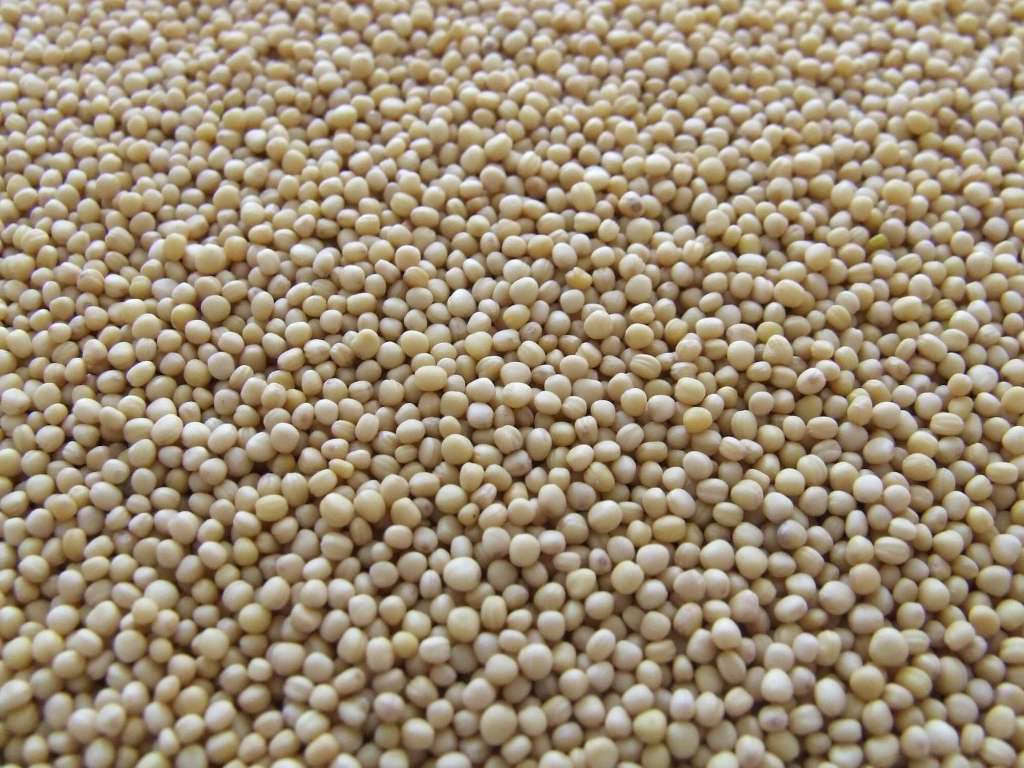Several types of soy lecithin are available. Each of them has its own benefits and disadvantages. In addition, there are several ways to prepare them.
Preparation
Soy lecithin is a natural emulsifier that can be used in many baking products. It can help blend ingredients, resulting in a finer, spongier end product. In addition, it can also help to stabilize emulsions and make foams.
Lecithin is a compound that is made up of triglycerides and phospholipids. This compound can be found in the cell membranes of all human cells. Phospholipids are a type of fatty acid that contains hydrophilic groups. These molecules bond with water and create a stable emulsion. When a hydrophilic water molecule comes into contact with a hydrophilic part of a lecithin molecule, the air bubbles are anchored, and the emulsion becomes more stable.
The process of producing soy lecithin involves removing the oil from soybean seeds and separating the gum. Once the gum is separated, the crude oil is cooled. During the cooling phase, the flakes will separate, and the hydrated gum will be left behind.
Traditionally, the process for producing soy lecithin involved extraction from egg yolk. However, it was discovered that the oil from soybeans could be used for the production of soy lecithin. To develop this technique, Hermann Bollmann worked at the Hanseatische Muehlenwerke in Hamburg. He discovered that hexane, a solvent, can be used to extract the oil from the seeds.
Hexane is used in the extraction of soy lecithin and is also a cleaning agent in the printing industry. Hexanes are less expensive than pure hexane.
Before soy lecithin was used in food and industrial applications, it was extracted from egg yolk. But the oil and water from the yoke did not mix well. Therefore, it was thought that the yoke would be easier to digest.
Soy lecithin was first studied in the mid-1920s. Most of the research was done on its industrial and food applications. Until then, the earliest lecithin extraction processes involved the extraction of a cake from soybeans.
Soy lecithin is used in a variety of recipes, including cookies, brownies, bread, and pasta. Because it helps to stabilize emulsions, it can prevent ingredients from sticking together. Also, it helps to keep the baked goods from becoming too hard.
Drug carrier
Soy lecithin is a biomolecule that consists of phospholipids and triglycerides. It is a natural emulsifier and a binding agent. A lecithin-based carrier system is an important drug delivery vehicle. However, it is crucial to select the correct lipids in order to improve the bio-efficacy of the drug.
Various studies have been carried out to evaluate the potential of soy lecithin in the treatment of various diseases. This article provides a review of the available research and discusses some of the recent applications of liposome surface modification.
In one study, a soy lecithin liposome system was developed for the encapsulation of LET and PTX. The resulting product demonstrated a higher inhibition of cell growth. These liposomes were prepared from soy lecithin and cholesterol, which were then hydrated into a thin film.
Another study examined the effects of soy lecithin on menopausal symptoms. They found that high doses of soy lecithin decreased fatigue and increased vigor. Also, they reported a decrease in diastolic blood pressure.
Other research has shown that soy lecithin is beneficial in treating phenylketonuria, a metabolic disorder. Furthermore, soy lecithin has been shown to inhibit parasite recrudescence. And it is also useful in treating skin infections.
There are also studies that indicate that egg lecithin has soothing benefits. However, there are a number of limitations to its use in clinical applications. Among other things, egg-derived lecithin can contain pathogenic and viral contaminants, and it is less stable compared to soybean lecithin. Additionally, it may require additional testing.
Recent studies have explored the application of soy lecithin in a liposomal preparation to entrap rifampicin. Moreover, the researchers used Phospholipon 90, commercially available soy phosphatidylcholine.
As a result, the researchers were able to demonstrate a more stable encapsulation of rifampicin in soy lecithin liposomes. At the same time, they found that the liposomes deviated from an ideal pH by 1.5.
Soy lecithin-based liposomal delivery systems have shown great promise in the treatment of a wide range of illnesses. Their applications include cancer, vaccinology, and metabolic disorders, but they are still being evaluated in human clinical trials. Therefore, more research is necessary to develop effective and efficient drug-delivery systems.
Health benefits
If you are looking for a food additive that is known for its health benefits, you can consider using soy lecithin. Soy lecithin is a type of phospholipid that is often extracted from soybeans or cottonseed. It has a light nutty taste, and it blends easily into a variety of foods. Taking soy lecithin regularly can help you maintain good cholesterol levels.
Choline, an essential nutrient, is also found in soy lecithin. Choline helps regulate the metabolism of various substances. In addition, choline is important for maintaining cell membrane integrity. When your cells lack choline, it can lead to organ dysfunction. A deficiency in choline can also contribute to a fatty liver.
Other studies have shown that soy lecithin can help reduce the risk of cardiovascular disease. Moreover, it may improve brain function. The presence of soy lecithin in the body can also increase the amount of HDL, or high-density lipoprotein, the healthy type of cholesterol. This enables the bad kind to flow away from the bloodstream and decreases the risk of coronary heart disease.
Soy lecithin is a food additive that is widely used in processed foods. It is available in liquid and granule form. You can buy soy lecithin from your local health store. There are many different brands of soy lecithin that you can choose from. But if you are interested in avoiding genetically modified organisms, you might want to choose organic soy lecithin.
If you are pregnant or have a history of soy allergies, you should avoid soy-based lecithin. Similarly, you should also inform your doctor if you have a history of soy allergies or are currently taking any medications that could cause an allergic reaction.
While the benefits of soy lecithin are quite numerous, there are also a few disadvantages. One of the negative effects is that soy lecithin can interfere with the absorption of minerals. Another disadvantage is that it can contribute to gastrointestinal problems and diarrhea.
In the United States, soy lecithin has been approved by the Food and Drug Administration (FDA) as a “generally recognized as safe” ingredient. However, you should always check the labels of the product you’re buying to make sure it is actually free of GMOs.
Alternatives
Lecithin is an oil that is extracted from soybeans and is used as a food additive. It is usually found in margarine and in foods that require a natural emulsifier. In addition to its use as a food additive, lecithin is a naturally occurring substance that helps stabilize air cells.
Lecithin is a mixture of phosphatides and fatty acids. It is a natural emulsifier and suspends fats. A diet that includes foods rich in lecithin may lower bad LDL cholesterol, thereby reducing the risk of heart disease.

Lecithin is also an important component of the human brain, as it contains the important amino acid choline. Choline plays a role in metabolism, nerve function, and brain development. Therefore, a diet that is rich in choline may be beneficial to the health of the brain.
Soy lecithin is generally considered a safe food additive. However, some people are concerned about the chemical solvent used in its extraction. Hexane is a common solvent in the printing industry, and it is often used in the extraction of oils from seeds. This solvent is not regulated by the U.S. Food and Drug Administration. The potential for hexane-related side effects is very serious.
Other sources of lecithin include egg yolk and cottonseed. These sources are generally considered safe for consumption, but there are some concerns. Some researchers have reported that excessive intake of lecithin can promote depression in sensitive individuals.
Another concern is the possible cross-contamination of lecithins from different sources. Because of this, the prices of products that contain these ingredients may be subject to significant fluctuations. For this reason, alternative sources are often sought.
While soy is the most commonly extracted source of lecithin, the demand for sunflower lecithin has risen. Sunflower lecithin is a more hypoallergenic and safer alternative. Like soy lecithin, it has a pleasant nutty taste.
Lecithin is used as an emulsifier in foods such as milk, margarine, and mayonnaise. The ingredient is widely used in infant formulas as well.
In addition to its role in stabilizing food, soy lecithin can help reduce cholesterol. Studies have shown that a diet that is rich in soy lecithin can reduce the amount of cholesterol in the blood.










